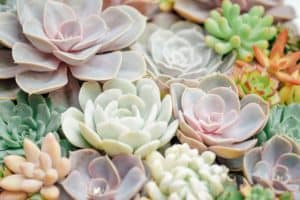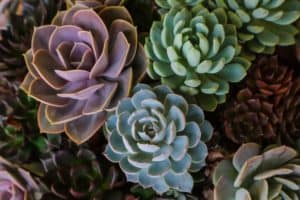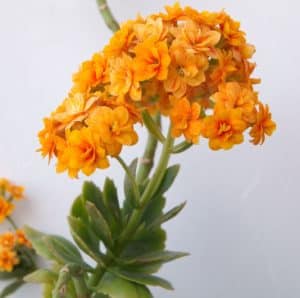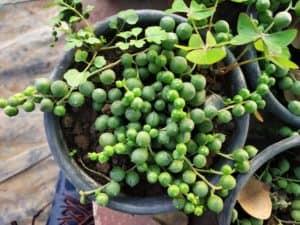Succulents have become some of the most well-loved houseplants available. They’re affordable, trendy, and super easy to care for — what’s not to like? Succulents also sprout in endless variations of color, texture, size, and shape, which makes them really fun to collect. If you’re thinking about updating your Kansas City home or office with upbeat allure of potted succulents, take a moment to check out this quick guide to indoor succulent care from the experts at Toblers Flowers.
How Succulents Differ from Other Green Plants
The primary difference between succulents and other plants are the leaves. Succulents have thick, rubbery leaves that are nothing like the wafer-thin leaves of other green plants. Along with their roots and stems, succulents use their special leaves to store water, which makes it possible for them to survive in harsh, arid environments that don’t see much rainfall.
Why Succulents Make the Perfect Houseplants
Succulents are perfect for inside the home or office because they create a calm, positive atmosphere that improves concentration and productivity. They also improve the physical environment by regulating humidity, purifying the air, and replenishing the oxygen.
Top Varieties of Succulents
Echeveria
With a signature starburst shape, echeveria plants grow in many varieties that have different colors, textures, and leaf shapes. Some can be a smoky shade of pink, while others have leaves in deep shades of red and even black. Of course, there are also a range of echeverias with green leaves. Echeveria succulents are some of the most commonly used. They turn up in greenhouses and succulent gardens everywhere. They’re also frequently used as surprising accent pieces in modern or rustic floral arrangements.
If you receive an echeveria in a bouquet, don’t throw it out when the flowers are spent. Instead, plant it in soil. It’ll sprout roots, and you’ll be able to enjoy watching it develop for years to come.

Echeveria Succulents

Succulents – Echeveria
Kalanchoe
Kalanchoes are some of the most cheerful-looking succulents you can find. They have pretty, paddle-shaped leaves and stun admirers with clusters of delicate flowers that bloom brightly in shades of orange, yellow, white, pink, and red.

Orange Kalanchoe
String of Pearls
With a single glance, anyone can see why this odd-looking succulent is called what it’s called. With string-like vines and pearl-sized spherical leaves, it’s hard to believe that the string of pearls succulent is, in fact, a living plant and not a piece of costume jewelry.

String of Pearls Succulent
How to Care for Indoor Succulents
The main trick to growing healthy succulents inside is mostly leaving them alone. As they are desert natives, they don’t need much water, and they also don’t need to be pruned.
Pot succulents in a container that will drain easily and use a potting mix that’s formulated specifically for succulents or cacti. Put them in a sunny location and rotate the pot occasionally to promote even growth. Over-watering is the worst thing you can do to a succulent. Too much moisture will cause a succulent to rot at its base, killing the plant. When you do water your succulent, soak the soil thoroughly and allow all the water to drain through. Wait until the soil has dried completely before watering again.
If a succulent’s leaves turn yellow or brown, this is a serious sign of distress. Typically, this is brought on by over-watering the plant, but it can also occur due to extreme thirst. Check the soil’s moisture and contact an expert at Toblers Flowers for help.


